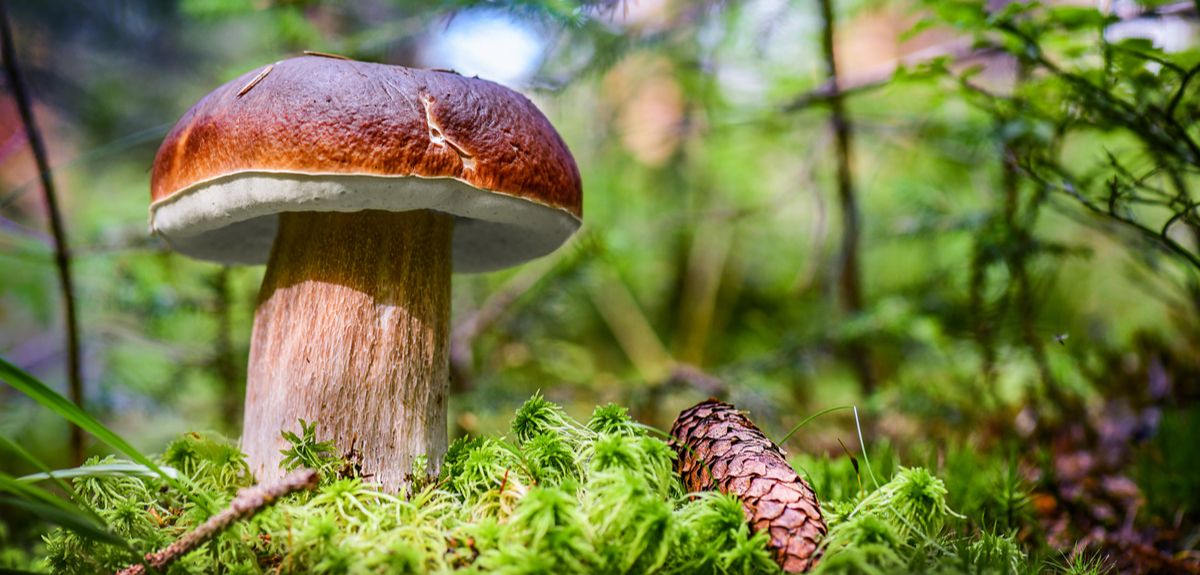
Image credit: Shutterstock
Oxford University to play major role in project to map genomes of all life in the British Isles
The University of Oxford is a partner in a consortium awarded a £9.4 million research grant from the Wellcome Trust. Coordinated by the Wellcome Sanger Institute in Hinxton, the Darwin Tree of Life project aims to determine the complete DNA sequence or genome of every species of animal, plant, fungus (and more) in the UK.
In the initial phase, funded by the new Wellcome Trust grant, 2000 species of ecological, evolutionary and economic interest will be chosen. Oxford’s involvement includes the vast diversity of insects and other species found in Wytham Woods, the University’s 385-hectare ‘laboratory with leaves’ and the subject of intensive ecological research for 75 years, plus a separate focus on single-celled life across the UK.
Professor Peter Holland from Oxford’s Department of Zoology and one of the lead researchers in the project, said: ‘These genome sequences will be a goldmine of evolutionary information, and also help ecological studies examining responses to environmental change. It is less than 20 years since the first human genome sequence, but technology has advanced so much that we can now plan projects involving genomes of 100s or 1000s or species.’
Professor Owen Lewis, also a lead researcher on the project from Oxford’s Department of Zoology, said: ‘The new project will provide exciting opportunities for education and engagement – we plan to involve students as well as the general public in data collection at Wytham.’
Professor Tom Richards, who will join Oxford’s Department of Zoology in 2020 and will lead the microbial sampling part of the project (with the Earlham Institute), said: ‘This project will enable us to uncover huge and hidden diversity of microbial species that play vital roles in our environment.’
 Expert Comment: Chatbot-driven sexual abuse? The Grok case is just the tip of the iceberg
Expert Comment: Chatbot-driven sexual abuse? The Grok case is just the tip of the iceberg
 New study finds that stopping weight-loss drugs is linked to faster regain than ending diet programmes
New study finds that stopping weight-loss drugs is linked to faster regain than ending diet programmes